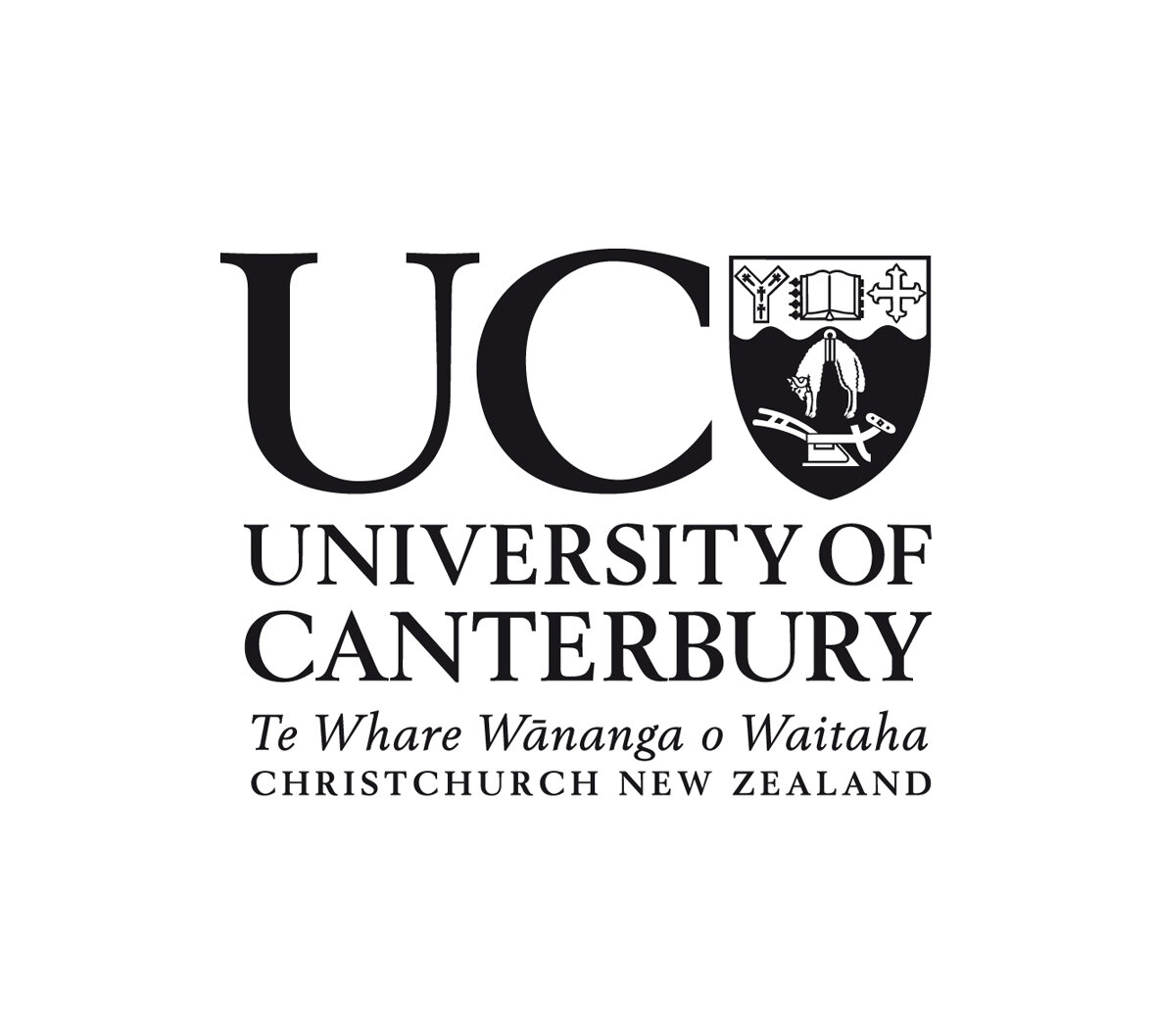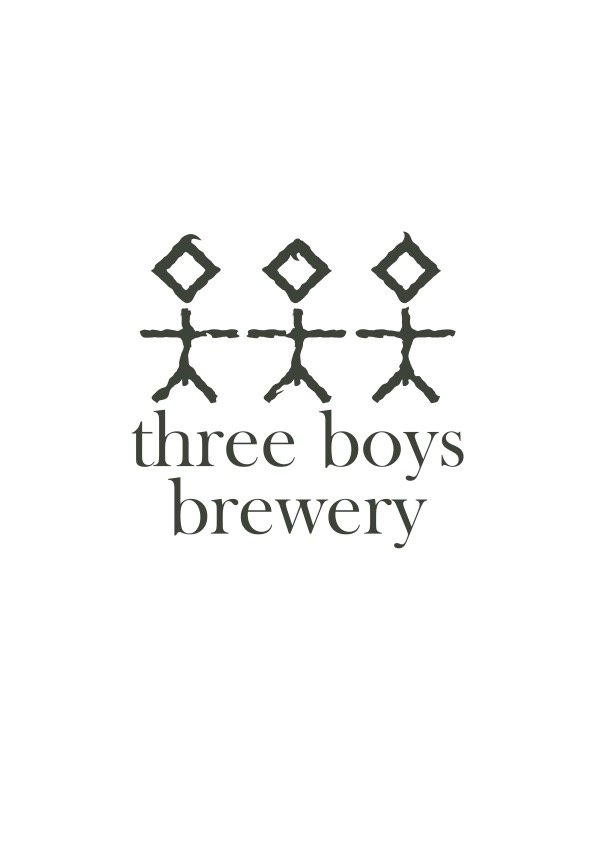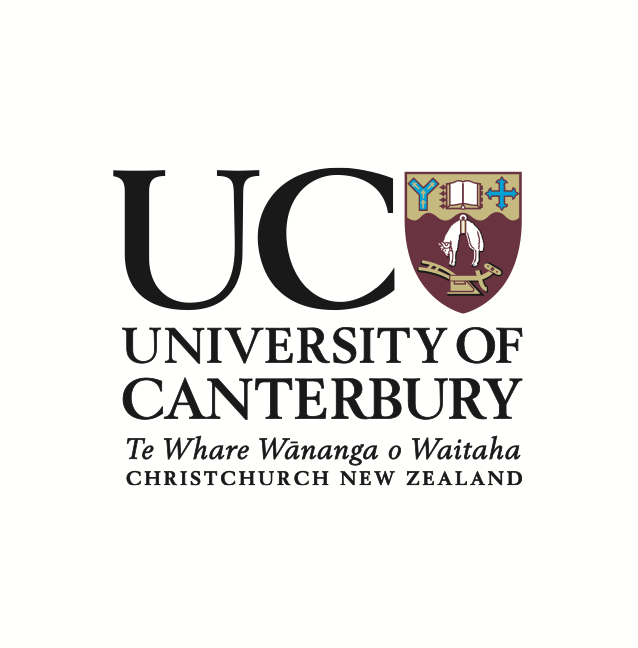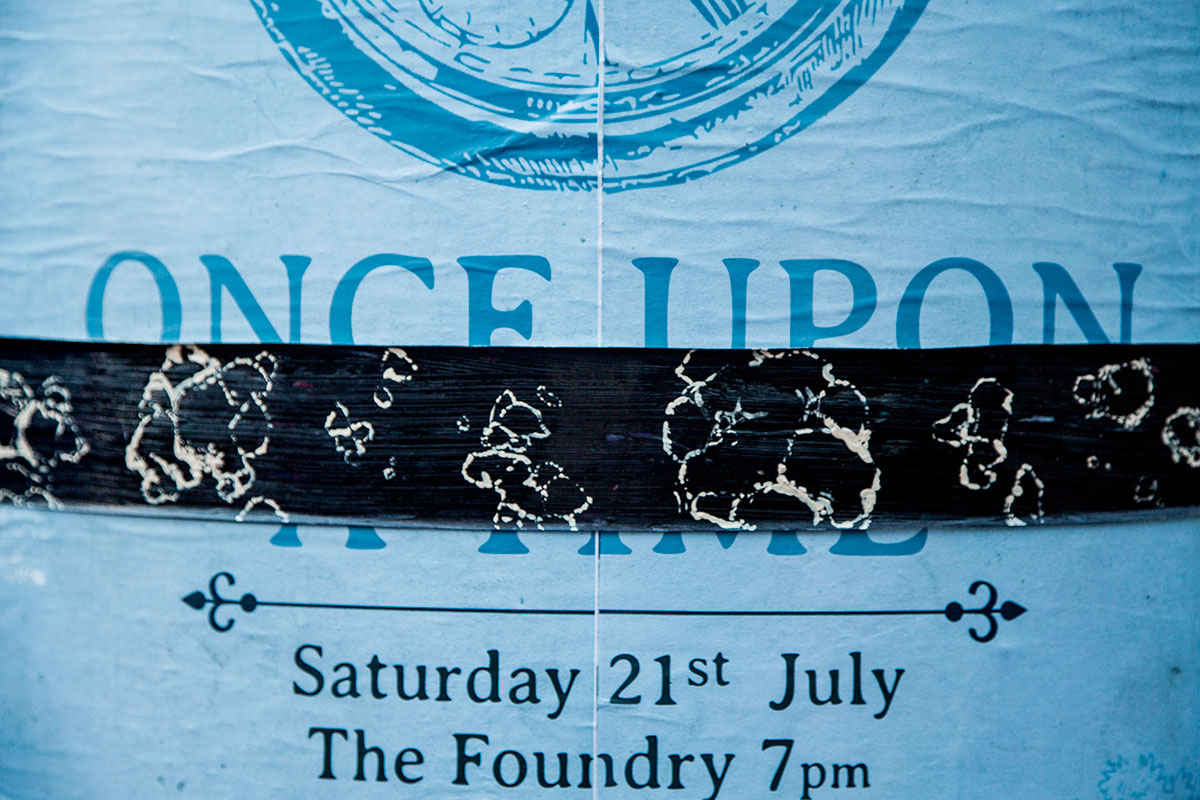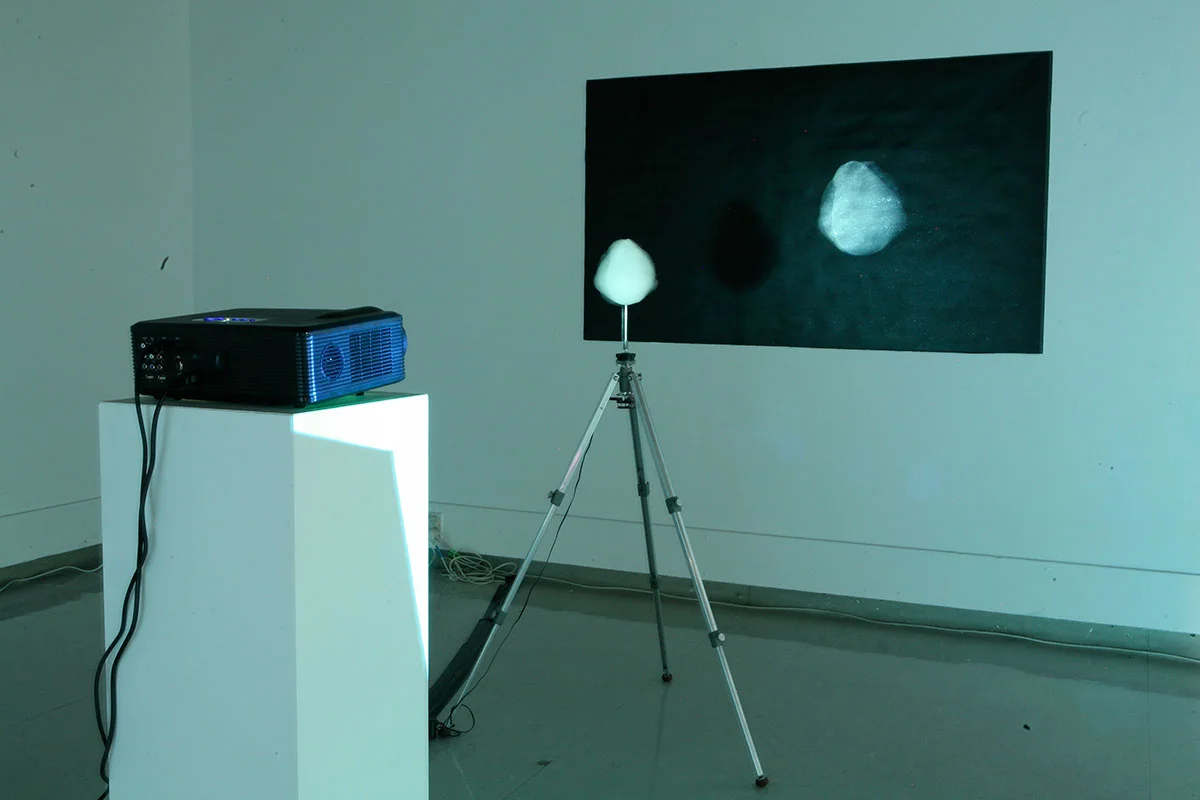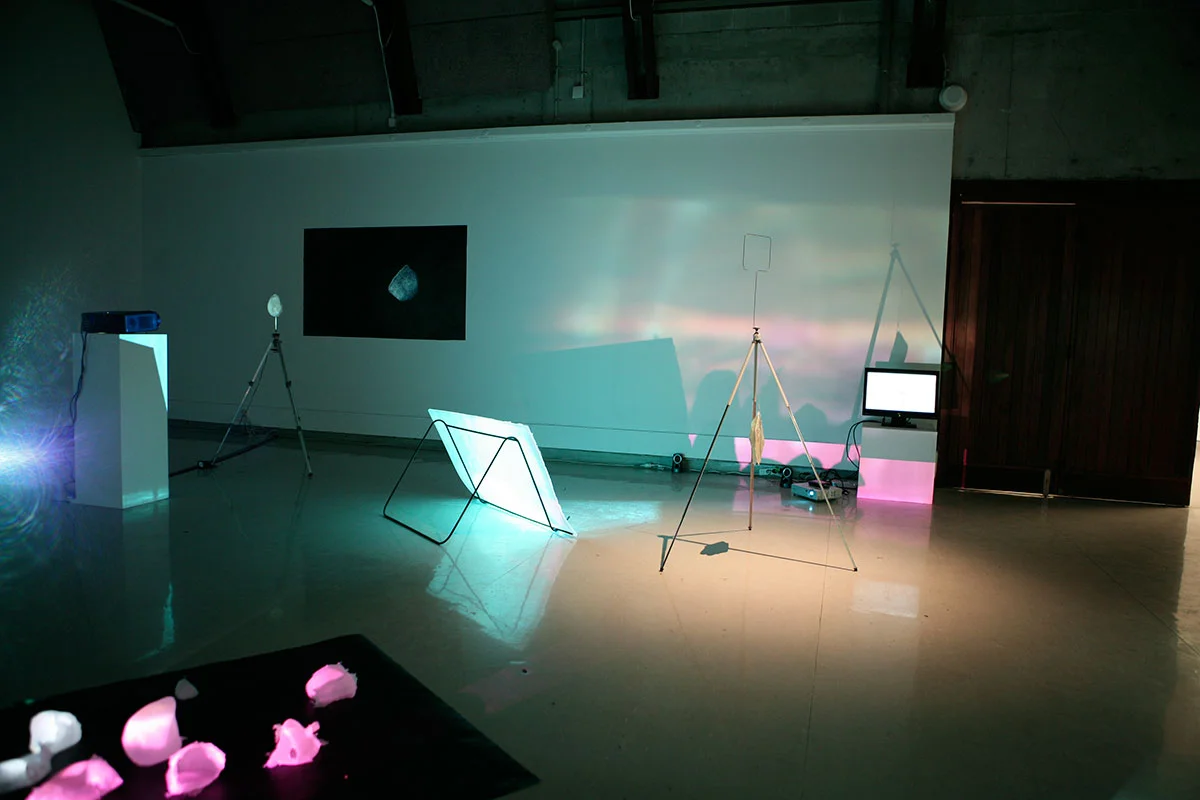ILAM 2018
In conjunction with the 10th anniversary edition of SELECT, Ilam School of Fine Arts reimagined its annual public event in new and engaging ways. Featuring works drawn exclusively from our 3rd, 4th, HONs and MFA studio-artists, ILAM 2018 was a curated snapshot of creative developments within the school. This year’s SELECT judge, Blair Jackson (Director of Christchurch Art Gallery, and Ilam School of Fine Arts alumnus) reviewed the exhibition and from it selected three artists whose work entered the University of Canterbury Art Collection.
Debuting for the first time at ILAM 2018 was a comprehensive annual publication providing both written and visual representation of all participating student-artists. To reflect a greater emphasis and belief in this production, we opened for an extended period, moving from a single open-day to a six-day exhibit window-of-opportunity.
Katrina Beekhuis | Pensieri
Beekhuis’s practice is inter-disciplinary working across media, softening boundaries between sculpture, painting, printmaking and design. This exhibition continues her investigation into the revealing and concealing nature of perception. The title, Pensieri, is borrowed from 18th century sculptor Joseph Nollekens who referred to the small figures he moulded from clay as Pensieri, or ‘thoughts’. Historically viewed as intermediary to larger scale works, Noellekens saw these figures as things in their own right, existing in this pensive state, as an accumulation of moments or the physical form of a conceived thought. Like the initial stages of a thought, which tend to be fragile and amorphous, each work, although modelled off objects from daily life, seeks to disrupt usual processes of perception. In this inflection, objects gather agency and lead to one of encounter rather than automatic recognition.
Katrina Beekhuis was born in 1984 in Christchurch, New Zealand. She received a BFA from Ilam SoFA (2005) and an MFA from Elam SoFA (2015). In 2015, she was awarded the Iris Fisher Scholarship by Te Tuhi Centre for The Arts and in 2017, was the recipient of the International artist’s residency at Gasworks in Vauxhall, London. Recent exhibitions include Mirror Grain, Objectspace, Auckland (2018); Things i know, Open studios Gasworks, London (2017); Potters pink, Te Tuhi Centre For The Arts, Auckland (2016); grammars, Dunedin Public Art Gallery, Dunedin (2016); Soft Architecture, Malcolm Smith Gallery, Howick (2016); Movement toward and away, Elam School of Fine Arts, The University of Auckland (2015). She lives and works in Auckland, New Zealand.
Julia Holderness | Florence and Florence
Working with a range of archival materials from the Macmillan Brown Library and Heritage Collections, Julia Holderness explores her own textile making alongside that of artist and teacher Florence Akins (1906-2012). Akins’ documents relate to her teaching of textiles at the Canterbury College School of Art, and include lecture notes and other instructional resources such as colour diagrams. Holderness reworks them and presents their possible entanglement with the international Bauhaus movement.
Connections are also made with Florence Weir (1899-1979), currently the only known New Zealander to have studied at the Bauhaus. In 1936 Weir designed the costumes and sets for a local Christchurch production, and these were said to have been inspired by her time at the Bauhaus. The production was never staged publicly, and in the absence of any surviving documentation, Holderness imagines these designs in an appliqué series. This exhibition is part of a Visual Arts PhD in practice-led research at Auckland University of Technology, in which Holderness develops practices of fabrication, approximation and invention to interrogate archives and their construction of art-historical narratives.
2018 Student Series:
Priscilla Howe, Liam Krijgsman, Charlotte Peters, Alice Bray | The Winter Garden
The Winter Garden is a multi-media re-presentation of a building that sat at the site of 195-199 Armagh Street and the activities that took place inside over its lifespan. The Winter Garden functioned as a social venue from 1927 through until 1984, often catering to debutante balls, fashion shows, formal dinners and other celebrations. In 1984 the ownership of the building changed hands, and after some time in limbo a part of the building was repurposed as a music venue, the other half demolished, becoming the site of the Trade Union Centre. In the undertaking of this project, the work will address the reproduction of a space we have limited memory or understanding of, creating an anachronistic reimagining of this social and cultural bastion.
Giselle Fortune, Hannah Phillips | Fuzzy Match
Fuzzy Match is an experiment in collaboration in which Hannah and Giselle negotiate commonalities between their individual art practices while observing processes inherent in their own collaboration. They attempt to lay bare their experience and to acknowledge its nuances: the uncertainties, the fuzzy translation of ideas between different forms and between two people, the gaps, the misunderstandings and the successes.
Jamie Teheuheu, Connie Dwyer, Theresa Gimblett, Brandon Clark, Richard Elderton, Min-Young Her, Christian Lamont, Tessa McPhee, Ollie Thompson, Natasha Wilson | Best Located
Best Located is a satellite exhibition of the 2018 Student Series prompting changes in the perception of Fine Arts in the University of Canterbury through appropriation of communication vessels and advertising devices.
Sam Clague | Taste Nature
Clague’s current practice is a method in coming to terms with the end of capitalism. He approaches this ultimate metamorphosis through the core notion of failure. Mutated, blanched, stripped, buried, amalgamated materials are aerated and turned like organic fertiliser to generate new forms representing a failed system.
‘I always wanted my works—whatever happened in the studio− to look more like what was going on outside the window.’ — Robert Rauschenberg
Sam Clague is an artist currently practicing in Dunedin. Clague graduated with a BFA (First Class Honours) from Ilam School of Fine Arts in 2015, and has exhibited work at the UNSW Gallery (Sydney) and the Adam Art Gallery (Wellington).
Paul Johns | Look at the crowd in swimming
The frequent disconnect between curatorial intention and viewer response is too often the classic 'elephant in the room' when contemporary art exhibitions are staged. Given the unspoken rules of the art world this gap between intention and response is seldom owned up to. Bewilderment is audibly masked by strategies of knowingness, peppered by buzz-words such as 'immersive', but the silent question prowls unanswered: 'What is this all about?'
In Johns' case there are some useful keys. First, the scope of his work over forty years not just a succession of styles but an engagement with social mores. Second, his perhaps central medium of photography, that diaristic, serial and more tangible connection with life as it's lived. Third, photography's intimate relation with memory that curiously unstable hindsight attempting to confer shape on shifting identities. Earlier in Johns' career his shaping seemed almost exclusively personal, but by now the accumulation of this plumbing the depths of his experience is more historical in scope, more generally applicable, a wider commentary on his life and our times. Peter Ireland.
Holly Best | An imprecise organisation of forms
An imprecise organisation of forms is part family photo album, part formal game that takes an unreliable approach with indecisive results. Considering the practice of chasing Cartier-Bresson's photographic 'decisive moment', Holly Best courts failure with the most precious of subjects, exploring the convoluted ways we see pictures and measure their success.
Holly Best is a Christchurch-based artist and writer. Recent exhibitions include 'The Devil¹s Blindspot: Recent Strategies in New Zealand Photography' at Christchurch Art Gallery Te Puna O Waiwhetu, 'Garden City' for SCAPE Public Art in the Christchurch Arts Centre, and 'Domestic Abstraction' at Chambers 241. She also writes for Art New Zealand.
Daegan Wells | A gathering distrust
In October of 1969, a group of concerned locals gathered together at a house in Invercargill, putting in motion a plan to fight the proposed raising of Lake Manapouri as part of the Manapouri hydropower project. The campaign launched by the Save Lake Manapouri Committees throughout New Zealand highlighted the power of protest in influencing Government policy and has come to symbolise a sea change in New Zealander’s personal engagement with environmental policy. A Gathering Distrust explores the state of tension between the Save Lake Manapouri supporters, and the National Government under Jack Marshal in the build-up to the 1972 election.
Through his archival and sculptural practice, Daegan Wells explores storytelling as a way of illuminating key political, environmental, social and cultural events from our recent history. Wells centres his research around the contested foreshore of the lake utilising video installation, and ceramic works formed from clay sourced from the shoreline of Lake Manapouri.
Ilam Masters 2018
For a number of the exhibitors this is an opportunity to focus on and showcase a single body of work towards the culmination of their larger Masters project. In this respect the exhibition is a preview or fountainhead for other exhibits, performances and screenings which will be taking place across the campus, city and peninsula. For other members of the collective, who are in an earlier phase of their studio investigations, this show provides a platform to test ideas and works that might still be more nebulous.
